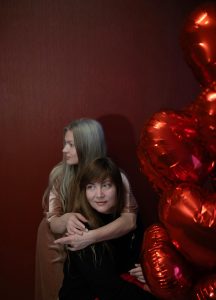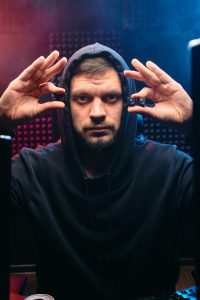🔦 Ray Tracing Meets Large Language Models: A New Frontier in Neural Computation
Exploring the Intersection of Ray Tracing and Large Language Models: A New Paradigm in Neural Computation
Introduction
The fields of computer graphics and natural language processing have traditionally evolved along separate paths. Ray tracing, a technique rooted in physics and computer graphics, simulates the behavior of light as it interacts with objects to generate highly realistic images. Meanwhile, large language models (LLMs) are sophisticated statistical systems trained on vast amounts of text data to understand and generate human language.
Despite their apparent differences, both domains fundamentally deal with the propagation of information through complex structures. This conceptual overlap has sparked intriguing questions among researchers and practitioners: Can the principles of ray tracing be adapted or extended to enhance, accelerate, or interpret neural networks like large language models?
In this article, we delve into the potential convergence of these fields, examining how ray tracing concepts could inform new architectures, improve efficiency, and improve interpretability in LLMs, while also discussing the challenges such an interdisciplinary approach entails.
Conceptual Similarities Between Ray Tracing and Neural Networks
Understanding the potential synergy begins with examining how each field functions.
Ray Tracing Fundamentals
Ray tracing traces the paths of light rays as they bounce within a scene, accumulating color, shadow, and lighting information from surfaces and objects. This process, while generating stunningly realistic images, requires considerable computational resources to simulate the myriad interactions of each photon-like ray.
Neural Network Mechanics
In neural architectures—particularly transformer-based models used in LLMs—information propagates through layered attention mechanisms. Tokens within a sequence “attend” to one another, gathering contextual information much like light interacting with surfaces. Each attention step can be viewed as a “bounce” where data is relayed and transformed, gradually building semantic understanding.
Drawing the Analogy
This analogy leads to several conceptual parallels:
- Rays in graphics ≈ Pathways of information or attention links in neural networks
- Bounces ≈ Multiple layers or attention hops
- Scene geometry ≈ Embedding space structure
- Illumination accumulation ≈ Construction of contextual meaning
Recognizing these similarities opens avenues for translating ray tracing techniques into the realm of neural computation and language understanding.
Potential Applications in Large Language Models
- Sparse and Adaptive Attention
Traditional large language models employ full attention mechanisms, where each token considers all others in the sequence, resulting in quadratic computational complexity. Inspired by ray tracing, one could develop sampling-based attention—casting “semantic rays” that focus computational resources selectively on the most













Post Comment